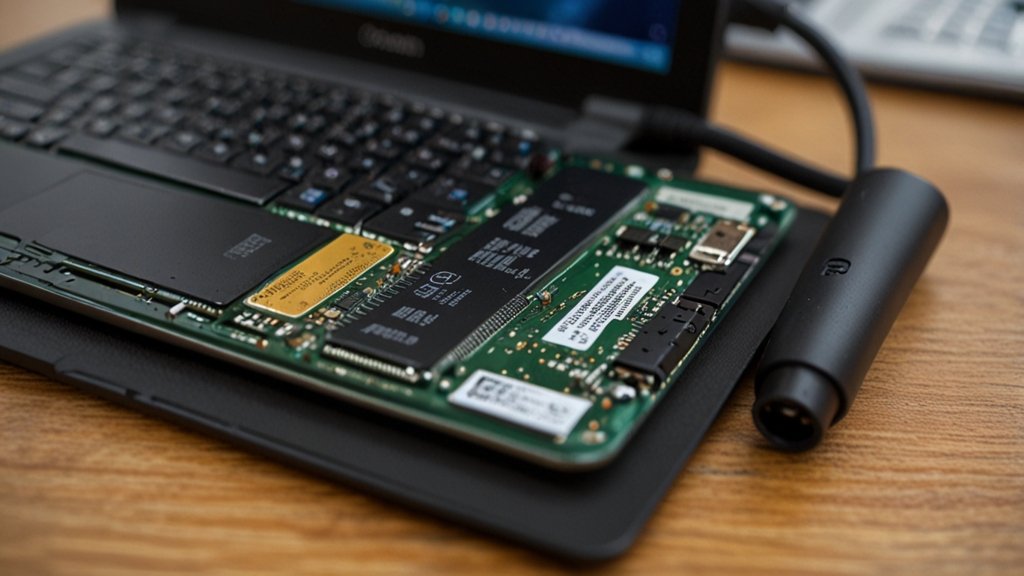Laptops are essential tools for work, study, and entertainment, but they can occasionally encounter issues that disrupt your experience. Knowing how to troubleshoot common laptop problems can save you time and frustration. This guide provides simple, step-by-step solutions to some of the most frequent laptop issues, ensuring you can quickly get back to what you love.
1. Laptop Won’t Turn On
If your laptop won’t power up, it could be due to several factors. Here’s how to diagnose and fix the issue:
- Check the Power Source: Ensure that your laptop is plugged in and that the power adapter is functioning. Look for any signs of damage on the power cord.
- Perform a Hard Reset: Disconnect the charger, remove the battery (if possible), and hold down the power button for about 15 seconds. Reconnect the battery and charger, then try turning it on again.
- Inspect the Display: If the laptop powers on (indicated by lights or sounds) but the screen remains blank, connect it to an external monitor to check if the issue lies with the display.
2. Laptop Is Slow
A slow laptop can hinder productivity. Here are steps to help speed it up:
- Close Unused Programs: Open too many applications can slow down your laptop. Close any unnecessary programs running in the background.
- Disable Startup Programs: Too many applications starting up can slow down boot time. Go to Task Manager (Ctrl + Shift + Esc), select the Startup tab, and disable any non-essential programs.
- Run Disk Cleanup: Use the built-in Disk Cleanup tool to remove temporary files and free up space. Search for “Disk Cleanup” in the Start menu, select the drive you want to clean, and follow the prompts.
- Consider Upgrading RAM: If your laptop continues to be slow despite these steps, you may need to upgrade your RAM for improved performance.
3. Laptop Overheating
Overheating can lead to hardware damage. Here’s how to manage it:
- Check Air Vents: Ensure that the air vents are not blocked by dust or debris. Use compressed air to clean out any obstructions.
- Use a Cooling Pad: If you often use your laptop on soft surfaces like beds or couches, consider investing in a cooling pad to improve airflow.
- Close Resource-Intensive Applications: Programs like video editing software or games can generate a lot of heat. Close these applications when they’re not in use.
4. Wi-Fi Connectivity Issues
If you can’t connect to Wi-Fi, follow these troubleshooting steps:
- Check Airplane Mode: Ensure that Airplane Mode is turned off. You can find this in the settings or the notification panel.
- Restart Your Router: Sometimes, the issue lies with the router. Unplug it, wait for about 30 seconds, then plug it back in.
- Forget and Reconnect to the Network: Go to your Wi-Fi settings, select the network, and choose “Forget.” Then reconnect by entering the password again.
- Update Network Drivers: Outdated drivers can cause connectivity issues. Go to Device Manager, locate Network Adapters, right-click your Wi-Fi adapter, and select “Update Driver.”
5. Battery Not Charging
If your laptop battery isn’t charging, here’s what to check:
- Inspect the Charger: Ensure that the charger is functioning properly. Look for any signs of wear or damage.
- Check Battery Connection: If the battery is removable, take it out and reseat it properly.
- Calibrate the Battery: Sometimes, the battery needs calibration. Fully charge your laptop, then drain the battery completely. Charge it back to 100% without interruption.
